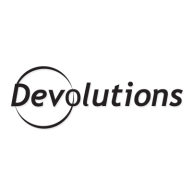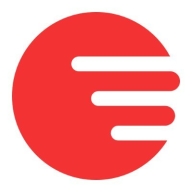


Find out what your peers are saying about Microsoft, TeamViewer, Citrix and others in Remote Access.


Microsoft Intune provides centralized management of mobile devices and applications, ensuring security, compliance, and productivity through integration with Microsoft services like Microsoft 365 and Azure Active Directory.
Organizations use Intune for managing mobile devices and applications, enhancing security and compliance across platforms. With features like single sign-on, conditional access, and zero-touch deployment via Autopilot, it facilitates efficient operations. Intune's scalability, easy enrollment, and capabilities such as remote wipe support diverse device management, offering robust data protection and efficient operation. Despite its features, improvement areas include reporting, compatibility with non-Microsoft devices, and better support for macOS and Linux devices.
What are the key features of Microsoft Intune?
What benefits should users look for in reviews?
In industries such as finance, healthcare, and education, Microsoft Intune is implemented to ensure secure and compliant device management. Companies leverage its capabilities to deploy security policies and manage both corporate-owned and BYOD environments, facilitating a unified approach to data protection and compliance.
Remote Desktop Manager (RDM) centralizes all remote connections on a single, secure platform that can be shared across the entire team. With support for hundreds of integrated technologies—including multiple protocols and VPNs—RDM provides a comprehensive solution for managing remote access. It also features enterprise-grade password management tools, detailed access controls, and mobile apps that complement its desktop clients for Windows and Mac, and Linux.
RDM is designed to empower IT departments by enhancing security, speed, and productivity across the organization. By streamlining remote access management, it helps reduce inefficiencies, lower costs, and minimize risks, making it an essential tool for today’s IT environments.
FlexiHub enables remote access to USB devices, allowing for secure sharing and management of peripherals over the internet, such as dongles, printers, and scanners, across different locations.
FlexiHub allows team members to access hardware resources remotely, promoting efficiency and productivity. FlexiHub's seamless sharing of USB and serial devices over the internet removes the need for physical proximity. It is praised for ease of installation and configuration, real-time connectivity, and secure data transfer. Compatibility with numerous operating systems and devices, alongside an intuitive layout for device management, makes it highly valued. Additionally, it is cost-effective and reliable in performance.
What are FlexiHub's features?FlexiHub is frequently implemented in industries requiring seamless remote access to equipment, such as IT services, manufacturing, and healthcare. Its ability to connect multiple users to critical hardware resources enhances operational efficiency and streamlines workflows across diverse applications.
We monitor all Remote Access reviews to prevent fraudulent reviews and keep review quality high. We do not post reviews by company employees or direct competitors. We validate each review for authenticity via cross-reference with LinkedIn, and personal follow-up with the reviewer when necessary.